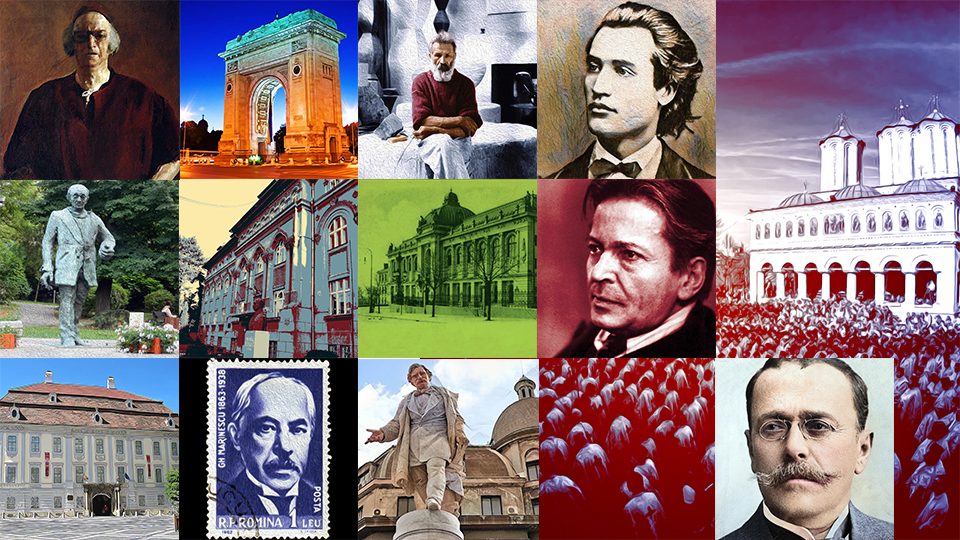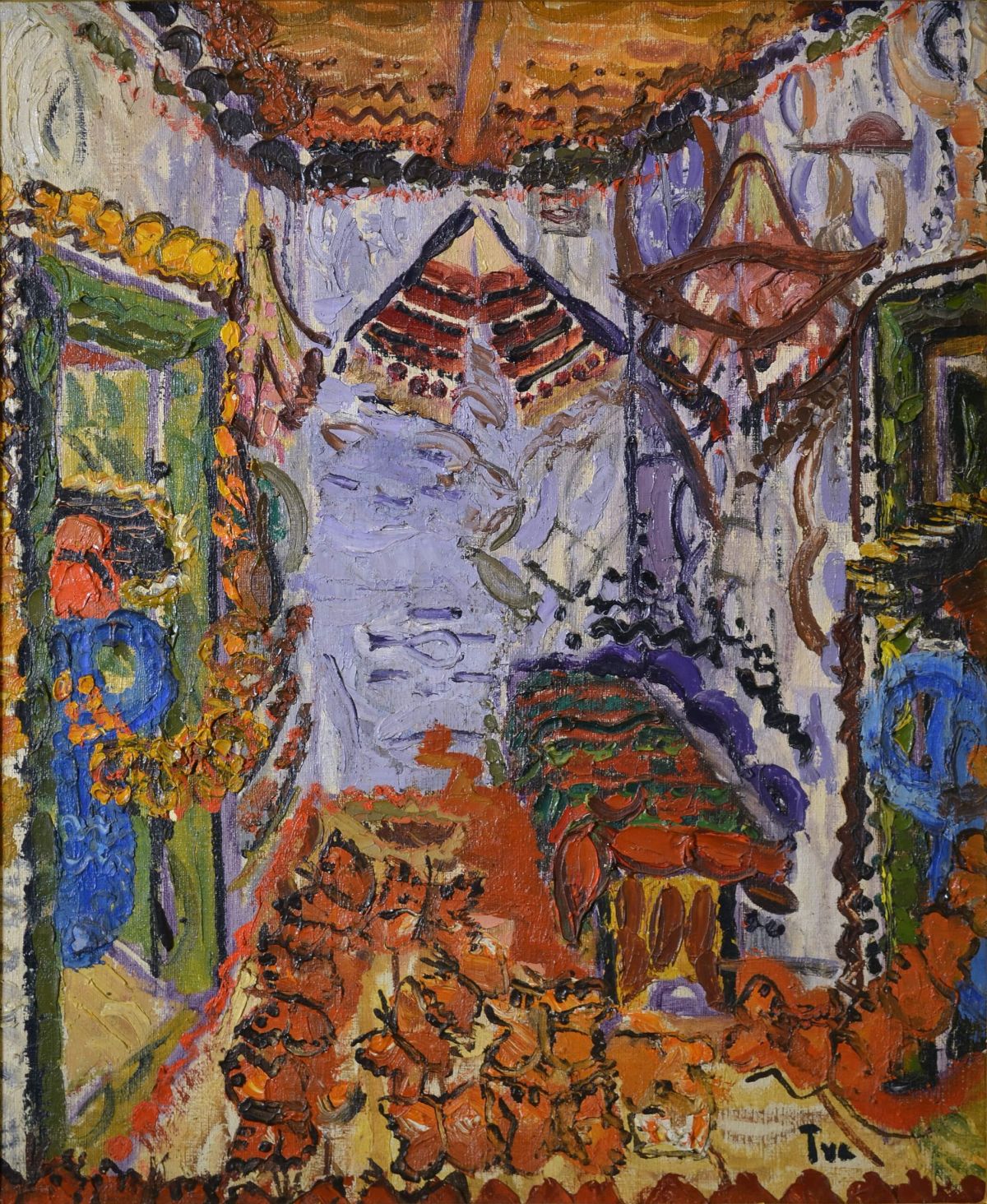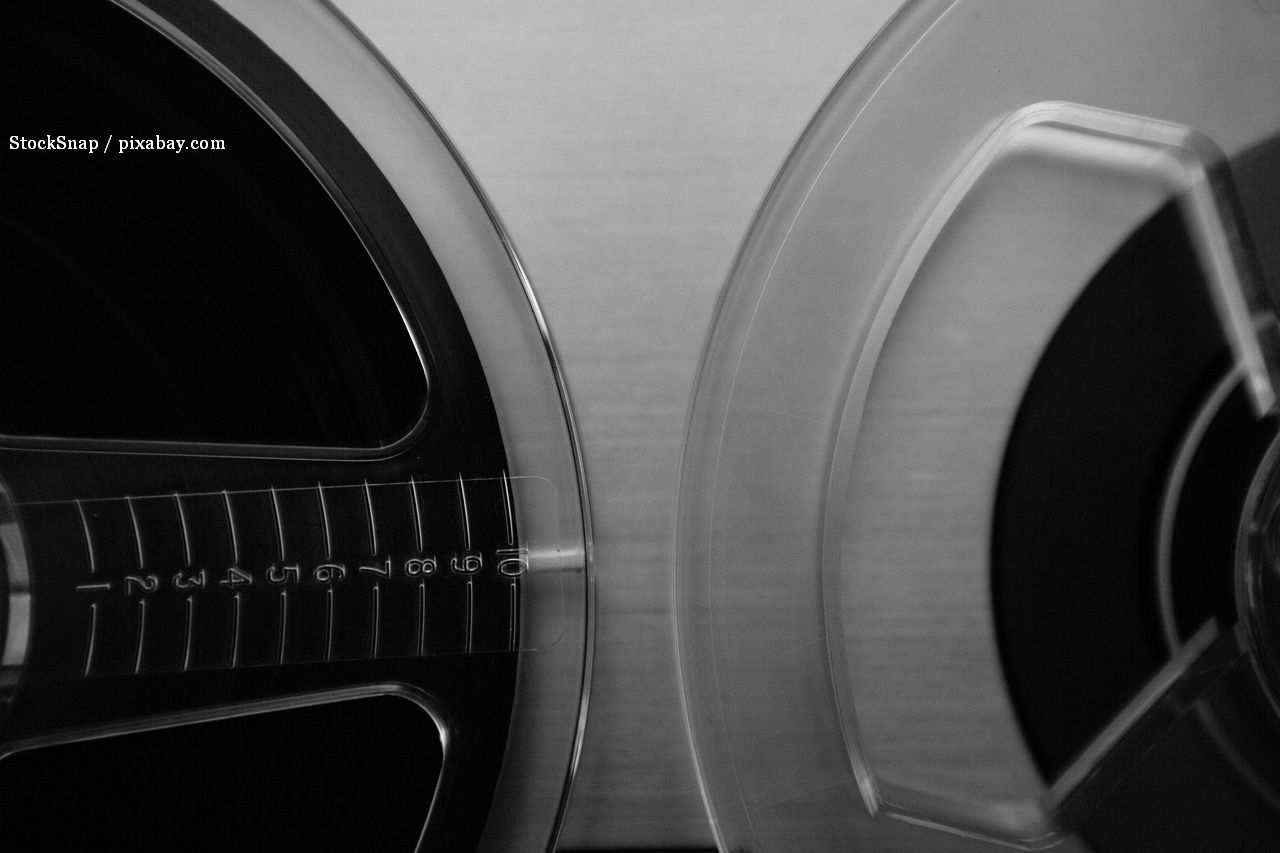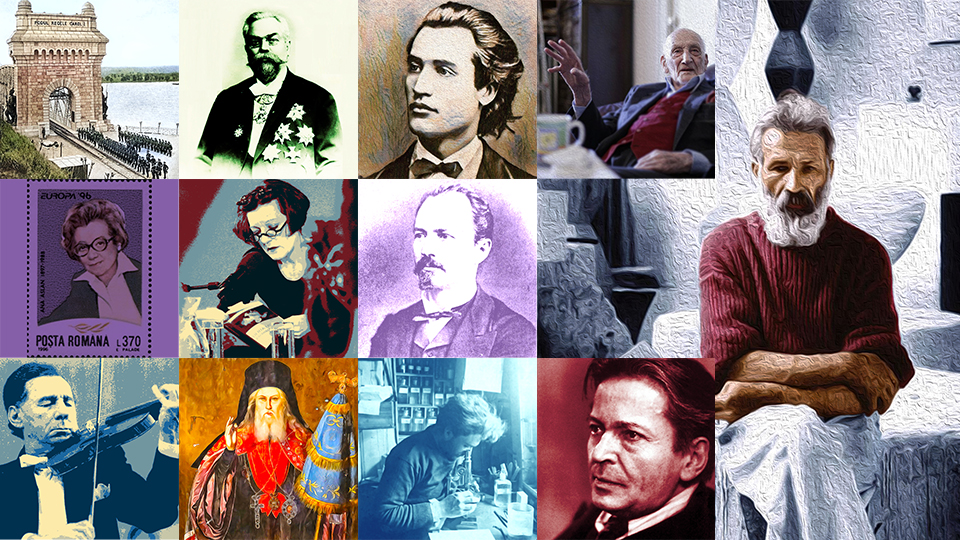Peles Castle
Along the year Peles Castle has been a landmark of the Romanian House

Christine Leșcu, 21.05.2016, 14:00
Ceremonies marking 150 years since the instatement of the Romanian monarchy have also been venued by the Peles Castle, a landmark of the Romanian Royal House situated in Sinaia, one of the most popular mountain resorts in Romania, which partly owes its fame to this emblematic building. It was in Sinaia that the new sovereign of Romania chose to build an authentic royal residence, of unparalleled beauty, as compared to what he found upon his arrival in Romania, in 1866.
Construction works started in 1873, and the foundation stone was laid two years later. The official inauguration was held in 1883, but works continued and were completed rather late, in 1914. Thus, Peles Castle has become an architectural landmark of the late 19th century in Romania, says art critic Ruxandra Beldiman, who authored the book “Peles Castle. An Expression of German historicism.” But who are the builders and architects who worked on the Peles Castle along the years? Ruxandra Beldiman tries an answer.
Ruxandra Beldiman: “In a first stage, Wilhelm von Doderer, a professor from Vienna, who had earlier worked at Baile Herculane (Herculane Baths), and later on, Johannes Schulz’s aide who remained at Peles until 1881 had a significant contribution. In a second stage, after 1895, works were taken over by the Czech architect Karel Liman, who also became the director of the royal architecture office.
As Carol I wanted to propose a political and social model of German inspiration, his residence was to bear the same hallmarks. He didn’t want Peles to be a residence where to relax or spend his leisure time, but he regarded it as a residence of high political and symbolic value. He designed it as a cradle for his dynasty, a dream that came true in 1893, when Prince Carol, the future king Carol II was born, and later on when Prince Mihai was born on the Peles royal estate, which became a place where significant political decisions were made.”
Architects Schultz and Liman were followed by Emil Andre Lecomte du Nouy, the architect who also worked on the Princely Church in Curtea de Arges, who was joined by various fine artists and decorators. Consequently, Peles Castle owes its appearance to the transformations brought to it in 1894. The castle covers an area of 3,400 square meters, has a ground floor, two floors and an attic. The interior is just as spectacular as, if not more spectacular, than the exterior. Art critic Ruxandra Beldiman has more.
Ruxandra Beldiman: “Stylistically speaking, Peles is emblematic of the late 19th century European architecture. As regards the façade, we notice a mixture of German and Italian architectural styles, German Neo-Renaissance being illustrated by the wooden structure incorporated in the masonry, in the upper part of the building, whereas the lower part of the castle is of Italian inspiration. The interior boasts a wider variety of styles, such as German Neo-Renaissance, which was the favorite style of Carol I, as well as Neo-Renaissance in 19th century Florence or the Austrian Baroque, with several halls being decorated in Moorish-Ottoman style and last but not least, Art-Nouveau.”
Walking through the Peleş Castle’s rooms, visitors may be surprised to discover paintings by Gustav Klimt, which are quite different from those that made him famous. Ruxanda Beldiman is back at the microphone.
Ruxandra Beldiman: “Gustav Klimt together with his brother Ernst and a friend from faculty set up an interior decoration workshop in Vienna in 1879. At the time, Klimt was not famous. It was only 16 years later that his star began to rise, so at the Peleş Castle they worked in their quality as a subcontracting company. Therefore, by accident, the Peleş Castle came to have among its assets valuable paintings by Klimt, given that his youth paintings started to be reassessed. These paintings are atypical because, when he worked at the Peleş Castle, he used the techniques he learned in school, namely the academic style. And I’m referring to the Gallery of King Carol’s ancestors on the Main Staircase and the reproductions after the grand old masters. Another piece by Klimt, close to the art nouveau style, is the frieze that decorates the theater hall: Muses, Masks and Allegories. The frieze, made in 1884, has several elements that allude to the style that would later make Gustav Klimt famous.”
Nationalized in 1948, turned into a museum between 1953 and 1975, the Peleş Museum is today open to visitors. During Communism, a part of the castles’ assets was transferred to other museums and to the Communist Party’s Economic Department. There have been attempts to recuperate the assets integrally, but they have failed. Nevertheless, by capitalizing on the building ‘in situ’ and by initiating a large-scale restoration work starting in 1975, the Communist regime managed to preserve the Peleş Castle that has eventually survived. Today it belongs to its rightful owners, the heirs of King Carol I: the Royal House of Romania.






























